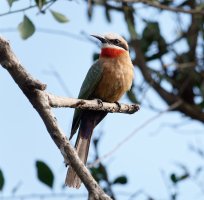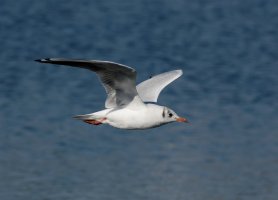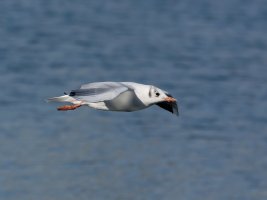I mostly photograph wildlife and use a Canon 7D II body. My main lens for such use is a Sigma 150mm -600mm Sport. (I do own 5 Canon "L" lenses.) I have been contemplating buying a Canon 600mm F4.0 III, but have delayed the purchase because of uncertainty regarding mirrorless bodies. The 7D II sensor, if full frame, would be greater than 50 MP. So unless Canon can supply a mirrorless body with a full-frame sensor of greater than 50 MP, or else an APS-C sensor in a mirrorless body, I am totally uninterested in the "R" lenses listed. I also use a Sony RX10-IV which has a Zeiss lens that zooms to 600mm at F4.0 (equivalent). Much lighter to lug around, but doesn't get me the 960mm equivalent of the Canon gear. However, if Sony brings out an RX10-V with 800mm equivalent or more and no more than F5.6 equivalent at 800mm and around 22 MP, then I would drop the Canon equipment. As a bonus, the silent shutter of the Sony decreases the anxiety of small birds. I know several other photographers doing similar work who are using the Sony RX10-IV more and carrying the Canon/Nikon gear less. Perhaps not a large market niche, but one that supports the Big Whites (or Blacks). Meanwhile consumer use of rapidly improving smartphones for their photography is also increasing. To date, though, such phones are not useful for wildlife photography. Canon may be trying to protect a market that it has already lost. Perhaps Canon should come out with a smartphone with a fancy camera on it and forget about "R" bodies and lenses. And if they don't upgrade their equipment for wildlife/sports photography, they will also lose this market to cameras like the Sony RX10-IV and its successors.
Upvote
0



